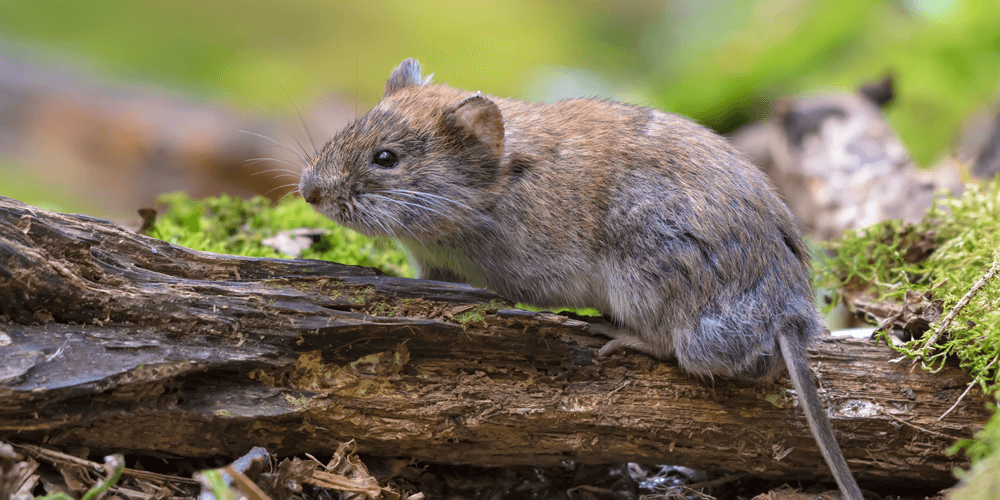
Voles
Unlike moles, voles are primarily a winter problem. Working under a cover of snow, these heavyset, grayish-brown rodents can kill or severely injure trees and shrubs by girdling roots and stems. They prefer young, thin-barked plants, but may also feed on the exposed roots of older trees.
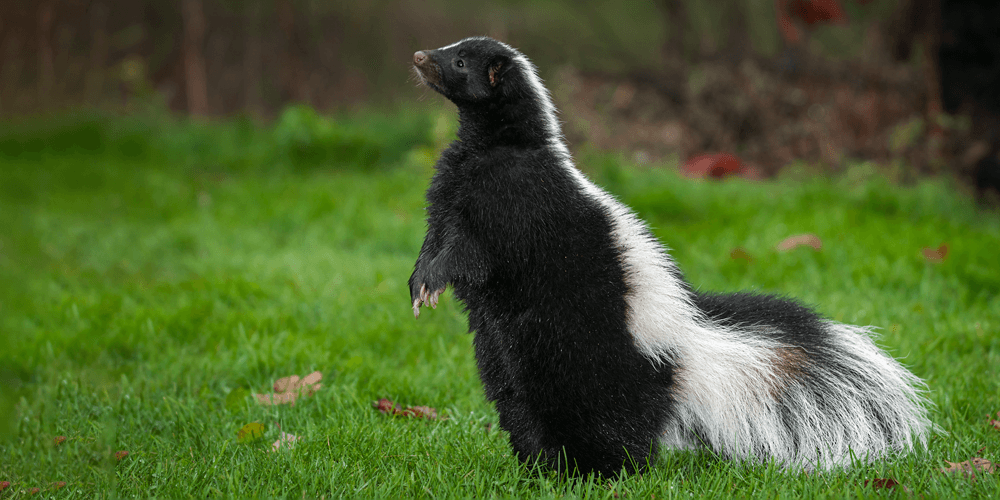
Skunks
Skunks are probably the least popular of our wild animals because of the disagreeable scent the discharge when provoked. Yet, skunks are very beneficial: Stomach analyses have shown that nearly half of their diet is insects, one-fifth is mice and one-fifth fruit. They particularly like potato beetles, grasshoppers, and white grubs.
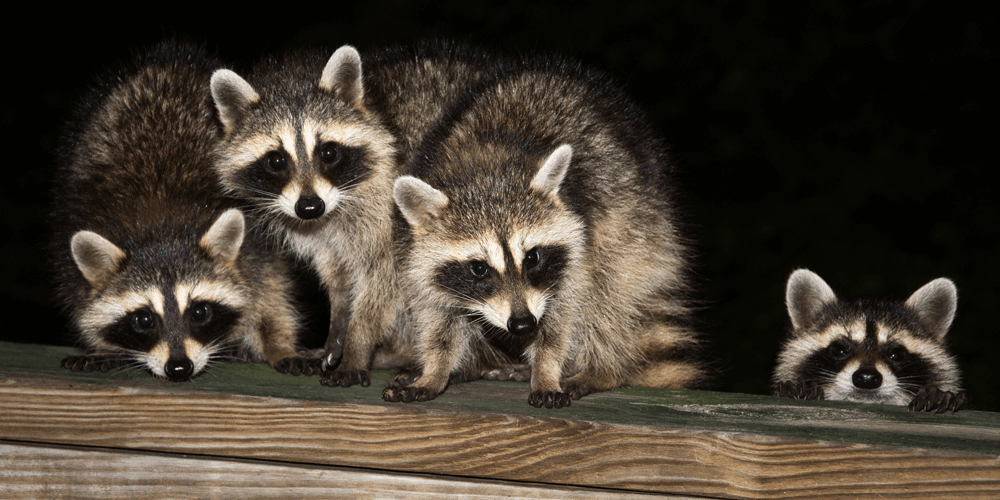
Raccoons
Raccoons are found throughout the United States. Adults can reach 10 to 30 pounds and have gray fur and a distinctive black mask across their face. Their natural habitat is wooded areas along rivers and streams, but these extremely adaptable mammals have thrived in Missouri urban areas and are becoming increasingly abundant. Raccoons are nocturnal and particularly reclusive omnivores, eating both plants and animals.
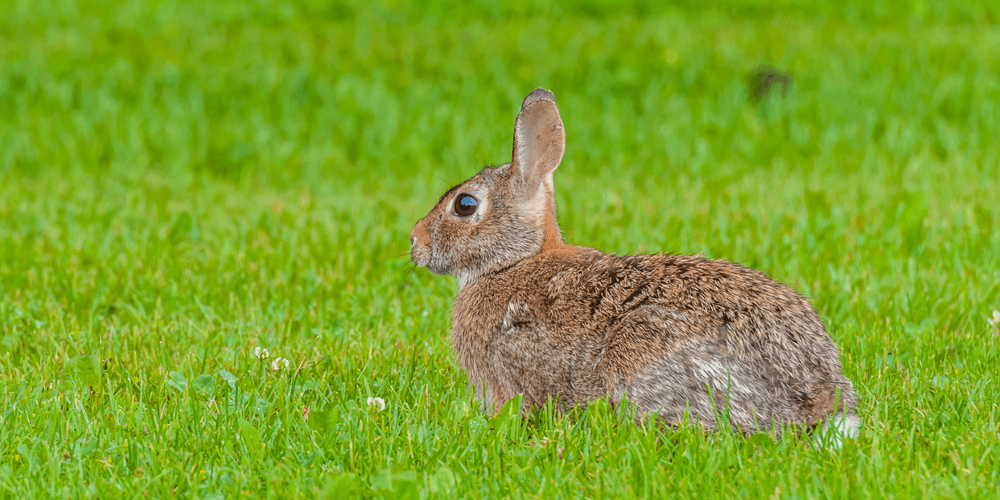
Rabbits
Rabbits can be a serious pest, particularly during the winter when they eat the bark and branches or ornamental trees and shrubs. When natural controls fail to keep rabbit populations within tolerable limits, nursery and landscape managers may need to implement control measures.

Moles
Moles live most of their life underground and are highly specialized animals for their subterranean way of life. The eastern mole is a small, sturdy animal, 5½ to 8 inches long, with somewhat cylindrical body and elongated head. Eastern moles are grayish brown on the back to pale or browner on the belly. Their velvety fur often has slivery sheen and occasionally has bright orange or cinnamon-yellow markings. Their fleshy snout is a highly sensitive organ of touch and smell used to find food sources. Their tiny eyes are concealed in fur and covered by fused eyelids, and their sight is limited to distinguishing light from dark. They have greatly enlarged front feet, which they normally hold with the soles vertical and pointing outward. Their well-developed claws have a specialized bone attached to the wrist that aids in digging.
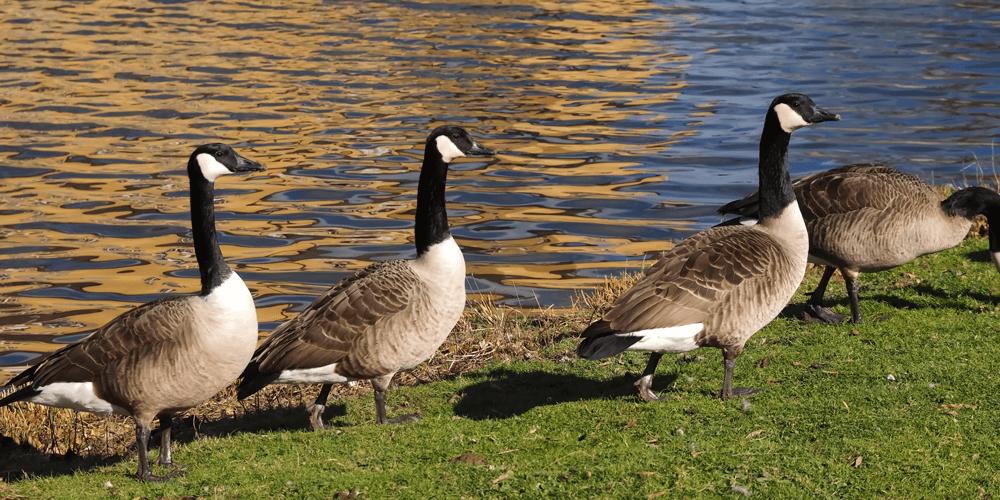
Geese
Geese readily feed on grass surrounding ponds where they live and, over time, can cause significant turf damage. In addition, grass passes through geese quickly and geese often leave their droppings in the most undesirable areas – gold greens, walkways, and picnic areas.
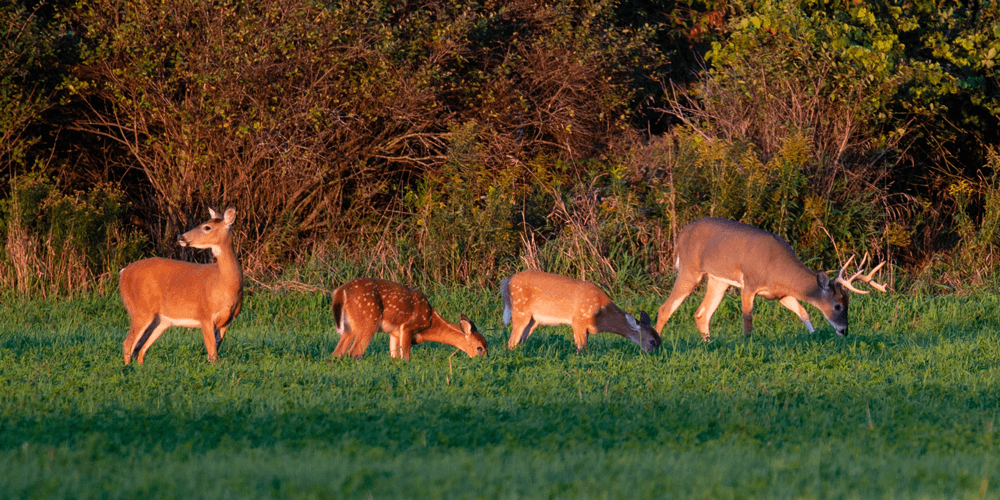
Deer
Deer is highly valued wildlife in Missouri; however, they rub and feed on nursery and landscape plants, sometimes causing serious losses.
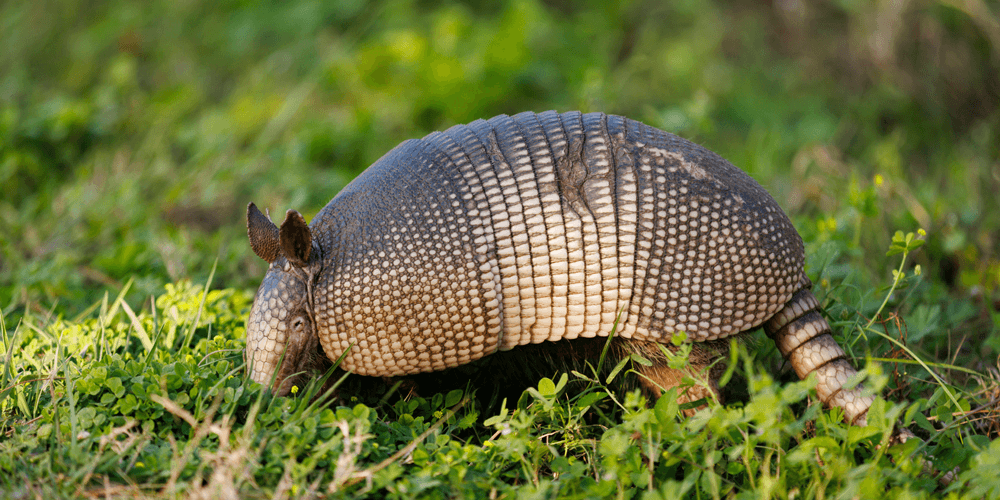
Armadillos
Armadillo means “little armored one”. The armadillo found in Missouri is the “nine-banded” species. The nine bands refer to the nine plates of protective armor that provide protection and flexibility around its midsection. The armor is intricately decorated from head to tail, with a repeated small, detailed pattern on the shoulder and haunch sections, and two rows of interlocking triangles on each band. Younger adults are tan, gray with pink eyes and noses; the oldest are gray.

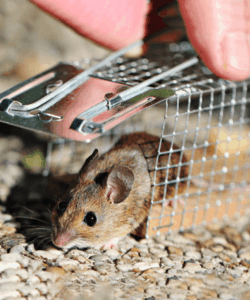 In some years, vole populations may “explode.” Exceeding the ability of natural predators to keep numbers at tolerable levels. Managers should be on the lookout in early fall for signs of population buildup. These signs include nests and runways in tall grass, in accumulations of grass clippings and other plant materials, chewed fruit, fresh grass clippings, feces and frequent sightings. Colonies appear as silver-dollar-sized holes in the soil surface. These holes are entrances into underground networks and small tunnels.
In some years, vole populations may “explode.” Exceeding the ability of natural predators to keep numbers at tolerable levels. Managers should be on the lookout in early fall for signs of population buildup. These signs include nests and runways in tall grass, in accumulations of grass clippings and other plant materials, chewed fruit, fresh grass clippings, feces and frequent sightings. Colonies appear as silver-dollar-sized holes in the soil surface. These holes are entrances into underground networks and small tunnels.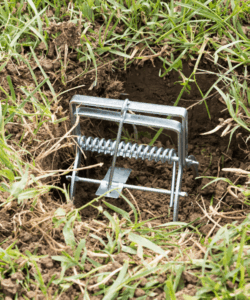 Mole’s construct feeding tunnels in the surface of lawns and ornamental beds at a rate of 1 foot per minute. They are most active when soles are moist, and earthworms are near the soil surface. They eat 70 to 80 percent of their body weight daily, and earthworms constitute 85 percent of their diet. Mole’s feed and rest on two-hour cycles throughout the day and night. This combination of behaviors explains how moles can cause so much damage in such little time.
Mole’s construct feeding tunnels in the surface of lawns and ornamental beds at a rate of 1 foot per minute. They are most active when soles are moist, and earthworms are near the soil surface. They eat 70 to 80 percent of their body weight daily, and earthworms constitute 85 percent of their diet. Mole’s feed and rest on two-hour cycles throughout the day and night. This combination of behaviors explains how moles can cause so much damage in such little time.